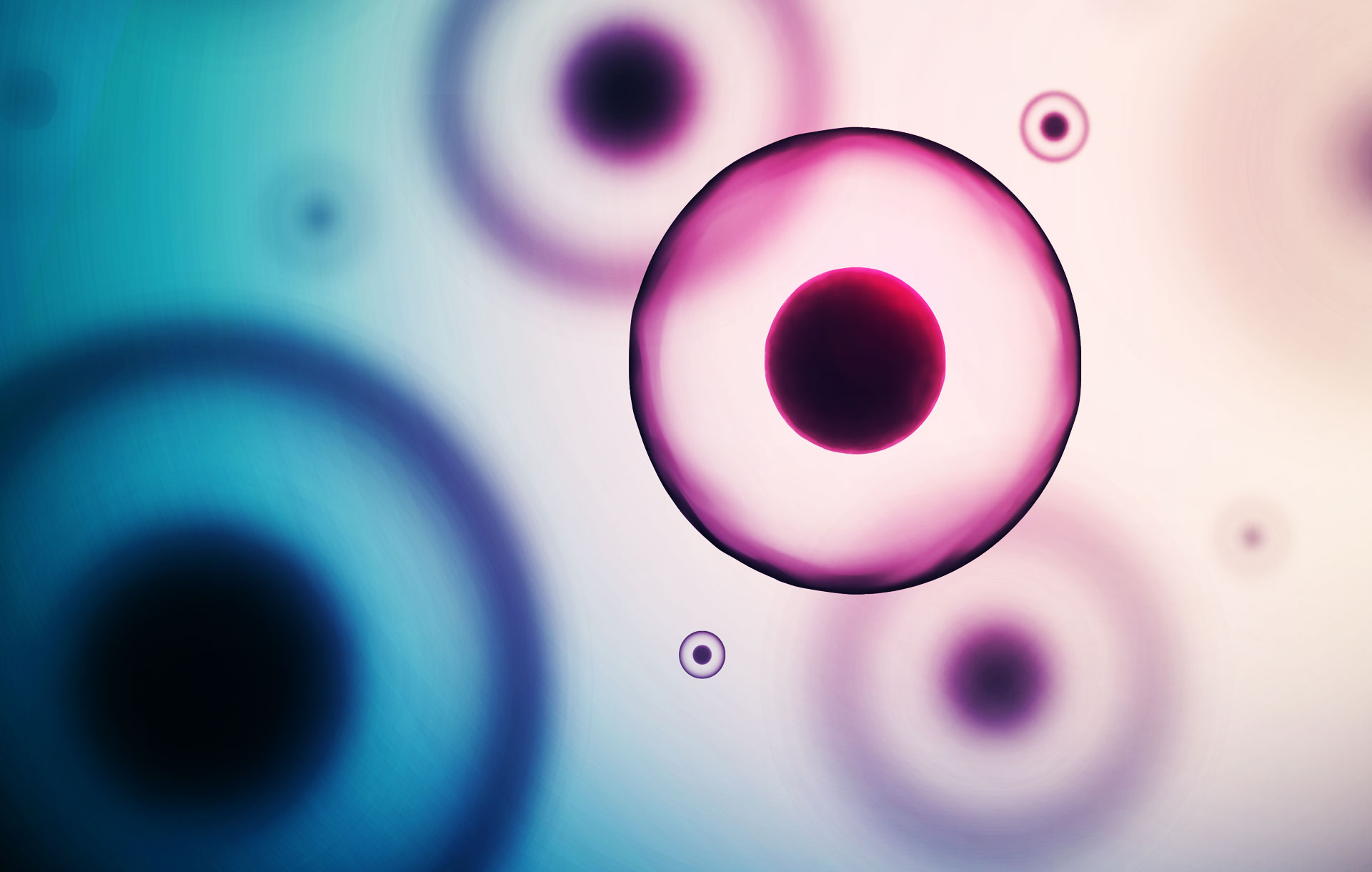
How skin cells communicate with each other
In human biology, one of the most fascinating evolutionary traits we’ve developed is cell signaling or, put another way, the ability your cells have to effectively communicate with one another. In fact, in all aspects of human existence, we have put all our time, energy, and money into figuring out ways we can better communicate with our friends, family, and colleagues across the globe. While technology dominates the medium in which humans communicate with the rest of the world, the conversation happening between your cells is mediated by biological chemicals known as cytokines. This ubiquitous class of chemicals, that also includes growth factors and chemokines, are known collectively as “protein messenger molecules” that act as the language of your cells, and it’s what all your cells (except red blood cells and corneocytes) use to literally communicate with each other, effectively coordinating all biological activity. These biological signals are necessary for life itself, and they play a significant role in keeping our body and skin healthy.
[ihc-hide-content ihc_mb_type=”show” ihc_mb_who=”2,4,5″ ihc_mb_template=”3″ ]
As we age, we get a natural, and gradual, decline in cell-to-cell signaling that leads to cellular senescence, or the loss of cell functionality, but a variety of other factors can expedite the decline of this homeostatic cellular communication norm. From environmental aggressors and medication, to diet and UV radiation, these triggers can contribute to cellular damage, which ultimately perpetuates the inability for your cells to behave and communicate in a normal way. While this can happen throughout the body, as skin care professionals it is vital that you gain a better understanding of how this can impact your skin, and its state of health.
Now that we have established that your cells talk to one another, and the language they use to accomplish this are the growth factors and cytokines, let us break down what these remarkable proteins actually are. While the two terms are often used interchangeably, cytokines and growth factors are, categorically, different. Cytokines, a neutral term used for these collective signaling molecules, have their primary role in immunological surveillance as well as being heavily involved in the inflammatory response. Growth Factors, a type of Cytokine, are usually responsible for cellular growth, proliferation, differentiation, and healing responses within tissue. The cells in your body produce hundreds of these biological signals, with each maintaining its own unique genetic programming, or “message.” The way in which these molecules work is rather simple, but highly complex at the intercellular level. When a cell releases one of these proteins, it travels to nearby cells to hunt for their appropriate receptors to attach to. Think of the protein as a key, and the receptor as a lock. Your cells are covered in an abundance of these receptors (which are also proteins), that are engineered to fit a specific growth factor/cytokine. Once the messenger molecule (key) meets its respective receptor (lock), they match up. Then, in a complex cascade of intercellular events, secondary messages are sent to the heart of the cell (nucleus) causing a change in genetic expression. That cell is now ready to “carry out the orders” that the growth factor/cytokine has provided it. The cell will now produce more of that same protein or coordinate a specific biological response. This process repeats over and over again, and this is what we call cell-to-cell signaling, or cross talk.
This cross talk is highly efficient when we are young, which is why we heal so well in our youth. As we get older, that decline in cellular communication leads to slower healing, in all tissue including skin, which will ultimately lead to the hallmark signs of an aging face. An abundance of peer reviewed literature exists that documents the regenerative esthetic benefits of topically applied growth factors and cytokines, however, the caveat here is that in order to maximize this technology’s ability to regenerate, heal, and reverse aging, you must utilize these proteins in the right way, and choose them from the right source.
Growth Factors and Cytokines for topical usage come from predominantly two sources – human derived cells, and recombinant technology. Human cells can be harvested from donors and then grown under laboratory culture conditions to get them to release their pre-determined genetic payload of these proteins. Alternatively, recombinant technology can be used where human DNA is used to “hijack” a bacteria or yeast cell, and those non-human cells will then produce a single, specific protein that is molecularly and biologically equivalent to its human derived counterpart. In fact, his is how insulin, a protein, is mostly created today. As I mentioned above, the body naturally produces hundreds of these molecules. Some growth factors and cytokines you may already be familiar with, such as Epidermal Growth Factor (EGF), Keratinocyte Growth Factor (KGF), Interleukin-10 (IL-10), and Transforming Growth Factor-beta 3 (TGFb-3). Of utmost importance is the understanding that these molecules do not get produced, nor do they exist in isolation. Your cells will communicate with a symphony of these proteins, not just one. So, when using topical growth factors, it is always best to use them in a physiological balance, and never in isolation (for the most part). Think of the EGF craze, and all the EGF based products out there. While EGF is a phenomenal regenerative protein for epidermal health and wound healing, when used on its own it can overexpress EGF receptors and cause the hyperproliferation of cells, especially malignant ones. The human cell derived proteins are the ones that will maintain a physiological balance, since they will release all their proteins (not just one) when you grow/culture them. That being said, within the human cell derived growth factor space, not all these cells act in the same way. Their behavioral characteristics are very different, depending on where the cell is sourced from. The three most commonly used human cells sources for protein harvesting within esthetics are the dermal fibroblast cell, the adipose (fat) stem cell, and the bone marrow stem cell. All of these cells will produce growth factors and cytokines, but the main differences are the types and the amounts of the proteins each produces. The most simplistic way to explain this is that cells will either produce a net pattern of inflammatory molecules, or anti-inflammatory molecules. The dermal fibroblast, while powerful in its ability to produce collagen and elastin, is a weak producer of growth factors; think first-generation technology. Bone Marrow Stem Cells produce an abundance of these proteins, and they are predominantly anti-inflammatory. And Adipose (Fat) Stem Cells, also producing an abundance of molecules, tend to release a significant amount of inflammatory ones. When we know definitively that aging and inflammation are synonymous, it is vital that you only use anti-inflammatory molecules on your skin.
Growth Factors and Cytokines are powerful tools in your skin health and anti-aging arsenal, and their role in a variety of skin conditions has been fully elucidated in the medical literature. When seeking out a topical growth factor product for you and your clients, keep these important facts in mind – make sure you avoid using growth factors in isolation, make sure your growth factors are in a physiological balance (these are typically human sourced), and finally, make sure the net pattern of the growth factors in the product are antiinflammatory. With this is mind, you are now armed with the knowledge to make educated decisions about which growth factor products and brands will help you and your clients achieve all your skin health goals. Your skin is talking…are you listening?
[/ihc-hide-content]











